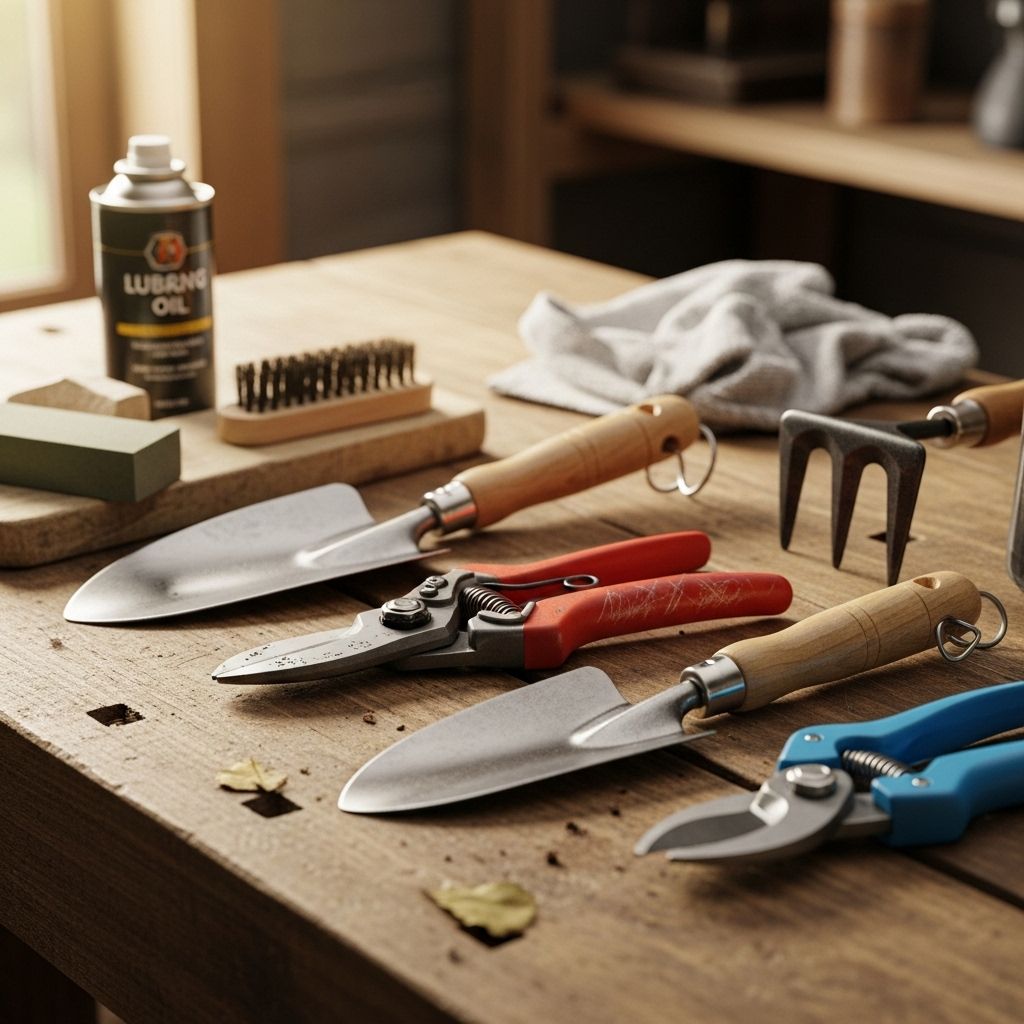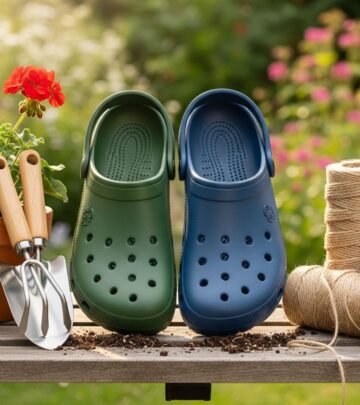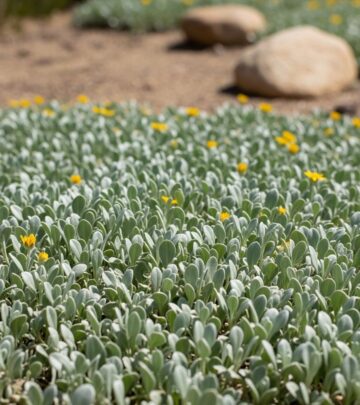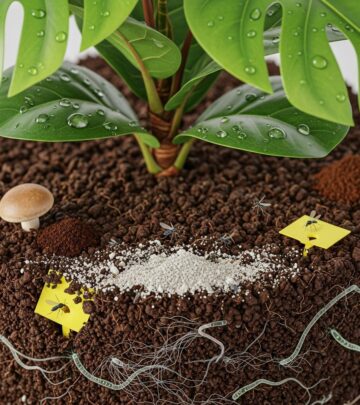Garden Tool Maintenance: Essential Tips For Long-Lasting Tools
Keep your garden tools sharp, clean, and long-lasting with expert daily and seasonal care routines.

Image: HearthJunction Design Team
Garden Tool Care and Maintenance: A Complete Guide
Proper tool care is vital for every gardener, from novices just picking up a trowel to seasoned horticulturists. Maintaining garden tools not only boosts their performance and longevity but also plays a crucial role in protecting your plants from pests and diseases. This comprehensive guide covers everything you need to know about daily, seasonal, and long-term care for your gardening equipment, including cleaning, sharpening, sanitizing, and storage. By making these practices a regular part of your routine, you’ll keep your tools—and your garden—in top shape.
Why Garden Tool Care Matters
A well-maintained tool collection is essential for effective and safe gardening. Clean and sharp tools make every task easier and more efficient, reduce the risk of spreading plant diseases, and help prevent injuries caused by dull or broken equipment. Garden tools are exposed to moisture, soil, sap, and pathogens during use, so a little regular attention goes a long way toward preventing rust, rot, and contamination.
Daily Tool Care Routines
Adopting a simple post-use routine for your garden tools can dramatically extend their lifespan. Here are the core steps to follow after every gardening session:
- Clean Off Dirt: Rinse or brush off soil and debris from blades, handles, and joints. Use a garden hose, stiff brush, or even a putty knife for stubborn dirt. Pay special attention to tools used in damp soil, as wet dirt accelerates rusting.
- Wipe Handles: Use a damp cloth to wipe down wooden, fiberglass, or metal handles. This removes sap, soil, and sweat that can cause deterioration over time.
- Check for Damage: Quickly inspect your tools for any cracks, loose parts, or damage at the seams between heads and handles. Address any issues promptly to prevent further deterioration or injury during use.
- Dry Tools Thoroughly: Let tools air dry or wipe them dry with a clean rag. Never store tools while wet, as lingering moisture leads to rust and wood rot.
Pro Tip: The Sand Bucket Method
Store a five-gallon bucket filled with coarse sand and mix in a small amount of vegetable oil or used motor oil. After cleaning, plunge metal tool heads (like shovels and hoes) into the bucket a few times. The sand scrapes off any remaining dirt, while the oil coats the metal, helping to prevent rust.
Seasonal and Deep Cleaning Maintenance
In addition to daily care, your garden tools benefit from periodic deep cleaning, sharpening, and inspection—especially at the start and end of each gardening season.
Steps for Seasonal Maintenance
- Remove Caked-On Debris: Use a stiff wire brush, steel wool, or sandpaper to remove stubborn soil, sap, or rust. For wooden handles, sand down any rough spots or splinters.
- Sanitize Tool Surfaces: Wipe down metal blades and handles with a disinfectant solution (like a 10% bleach solution or household cleaner) to kill bacteria, fungal spores, and viruses. This step is especially important for tools exposed to diseased plants.
- Inspect Hardware: Tighten loose screws and bolts on pruners, loppers, and other tools with moving parts. Replace any worn or broken hardware as needed.
- Sharpen Blades: Use a sharpening stone, file, or specialized pruner sharpener to hone the edges of cutting tools. A sharp blade makes clean cuts, which help plants heal faster and reduce disease risk.
- Oil Moving Parts and Metal: Apply a few drops of machine oil or multi-purpose lubricant to hinges, blades, and springs on shears and pruners. Wipe all metal surfaces with an oily rag to form a protective barrier against rust.
- Treat Wooden Handles: Once a year, rub wooden handles with boiled linseed oil. This prevents drying, splintering, and cracking, keeping the wood strong and comfortable to grip.
Table: Seasonal Maintenance Checklist
| Task | Frequency |
|---|---|
| Soil removal and rust brushing | After each season |
| Sanitizing blades & handles | Start/end of season or as needed |
| Sharpening edges | 3-4 times per year or as dull |
| Tighten/replace hardware | Start/end of season |
| Oil metal & moving parts | Every cleaning or sharpening |
| Oil/treat wooden handles | Once per year |
Sharpening Your Garden Tools
Sharp tools are safer and more effective. Dull blades require greater force, leading to sloppy cuts and increasing the risk of injury. Different tools require different sharpening approaches, but the basics remain the same:
- Pruners, Loppers, and Shears: Disassemble if possible, clean, and use a sharpening stone or carbide sharpener to maintain the beveled cutting edge. Sharpen only on the angled side; wipe and oil after sharpening.
- Shovels, Hoes, and Edgers: Use a flat mill bastard file to maintain a beveled edge along the blade’s front edge, holding the file at about a 20-degree angle. File in one direction, then wipe clean and oil.
- Mower Blades: For rotary mowers, remove the blade (following manufacturer instructions). Sharpen with a file or grinder, then balance the blade before reinstalling.
Sharpening Tips
- Always wear gloves and eye protection when sharpening.
- Clamp tools securely to prevent slipping.
- Regular light sharpening is easier and safer than infrequent heavy sharpening.
Sanitizing for Plant Health
One of the most overlooked aspects of tool maintenance is sanitizing. Pathogens can easily hitch a ride from one plant or bed to another via cutting tools, trowels, or even gloves. To prevent the spread of plant diseases:
- Wipe or dip tools in a 10% bleach solution (1 part bleach to 9 parts water) or use commercial disinfectant sprays.
- Let tools air dry after treating with bleach or rinse with clean water to prevent corrosion.
- Sanitize tools after working with any diseased plant material, before switching between plant groups, and at the end of the gardening day.
Proper Storage: Extending Tool Life
Storage is just as important as cleaning. The way you store your tools can mean the difference between years of smooth operation and an early trip to the trash bin.
- Keep It Dry: Store tools in a dry, sheltered area. Moisture promotes rust and wood decay, so avoid storing tools where they’re exposed to the elements.
- Hang or Rack Tools: Hang tools on hooks, racks, or pegboards rather than letting them rest directly on concrete or soil. This keeps blades sharp and handles dry.
- Store Small Tools Together: Use baskets, buckets, or toolboxes for hand trowels, pruners, and other small implements. Label or color-code your tools for easy identification.
- Overwintering: Before winter storage, give all tools a thorough cleaning, apply oil to metal, and treat wooden handles. Hang or store off the ground to protect from dampness.
Special Considerations for Different Types of Tools
Pruning Tools (Pruners, Loppers, Shears)
- Disassemble for thorough cleaning and sharpening at least once a season.
- Lubricate moving pivots and springs regularly.
- Sanitize often when working with diseased or pest-infested plants.
Digging Tools (Shovels, Spades, Hoes, Forks)
- Rinse thoroughly after use, especially in wet or clay-heavy soils.
- Store blade-down in a sand-oil bucket when not in use.
- Periodically check and renew the edge with a file or grinder.
Power Tools (String Trimmers, Hedge Clippers, Mowers)
- Follow all manufacturer guidelines for cleaning, oiling, and storing.
- Sharpen and balance blades regularly for optimal performance and safety.
- Drain gasoline and remove batteries before storing for long periods.
Common Mistakes and How to Avoid Them
- Leaving Tools Outside: Always store tools after use—exposure to rain, dew, and sunlight leads to rapid deterioration.
- Using the Wrong Tool: Don’t force a tool beyond its intended use. Choose the right implement for the job to prevent damage and injuries.
- Neglecting Wood Care: Unfinished handles crack and splinter; treat annually with boiled linseed oil.
- Forgetting to Sanitize: Especially after working with sick plants, make disinfecting a habit.
FAQs: Garden Tool Care
How often should I clean my garden tools?
Wipe or rinse tools clean after each use. Deep clean and sanitize at least at the start and end of each season, or more often if working in wet or infected soils.
Can I use WD-40 or other household oils on my tools?
Yes, WD-40 or light machine oil is great for protecting metal parts. Avoid thick oils that attract dirt, and always wipe off excess.
What’s the best way to remove rust?
Use a wire brush or steel wool for light rust. For heavy rust, soak in white vinegar overnight, then scrub clean. Dry thoroughly and oil the surface to prevent recurrence.
How do I store tools over the winter?
Clean and dry all tools, oil metal parts, treat wooden handles, and store in a dry, frost-free spot, hung up or off the ground for best results.
Is it necessary to disinfect tools if I haven’t worked with diseased plants?
Yes, as a preventive measure, routine disinfection minimizes the risk of future disease spread—even when no visible issues are present.
Conclusion: Invest in Your Tools, Invest in Your Garden
Developing a routine garden tool care habit saves money, prevents frustration, and helps ensure the health and beauty of your garden. Clean, sharp, and properly stored tools are a joy to use and will reward you with years of loyal service. By following these simple yet vital steps, you’ll extend the life of your investment while also protecting your plants.
References
- https://www.gardendesign.com/how-to/tool-care.html
- https://extension.oregonstate.edu/sites/extd8/files/documents/12281/gardentoolscare.pdf
- https://awaytogarden.com/5-simple-garden-tool-care-tips/
- https://www.mastergardenersd.org/garden-tool-care/
- https://ecogardener.com/blogs/news/how-to-care-for-garden-tools
Read full bio of Anjali Sayee












